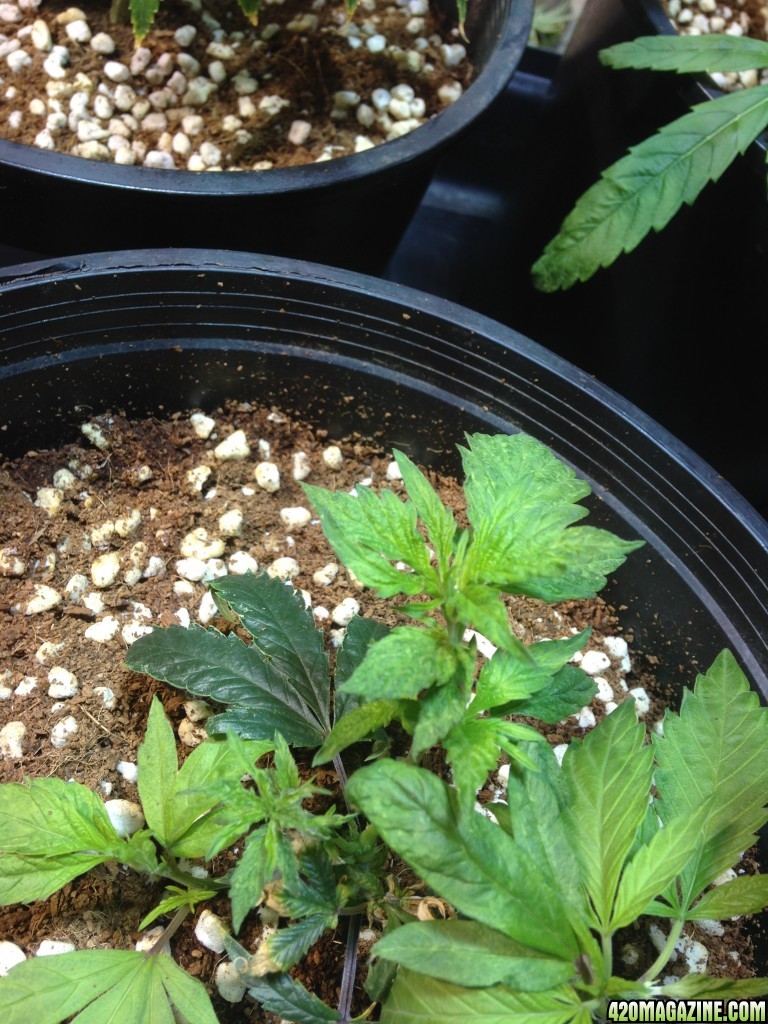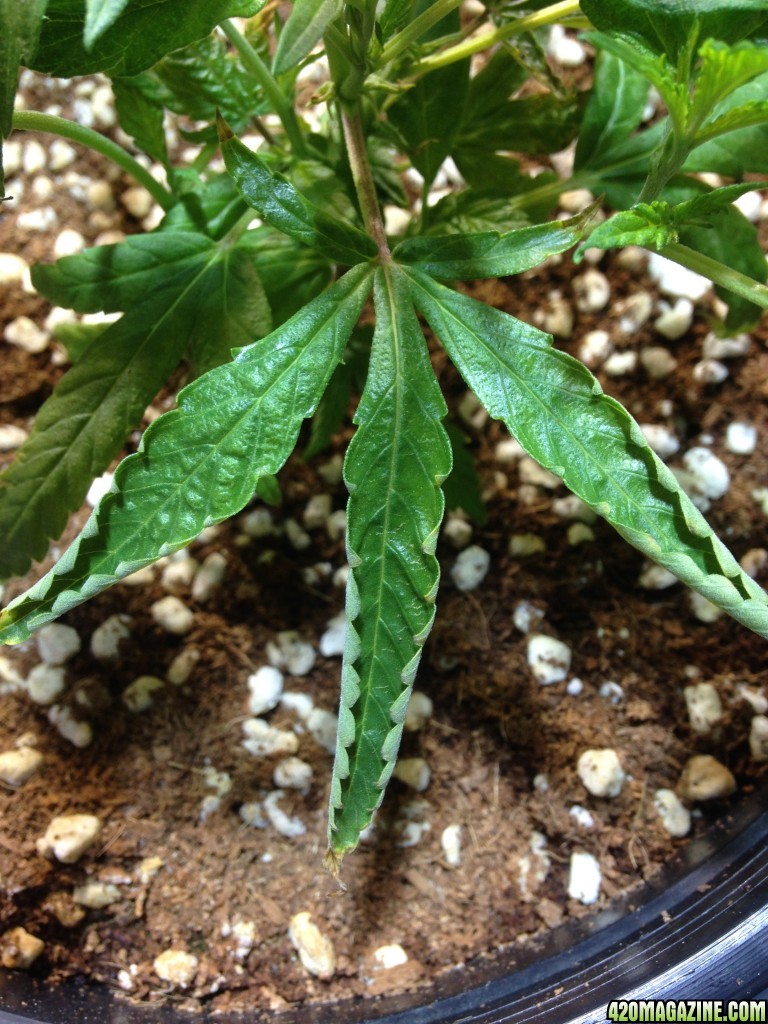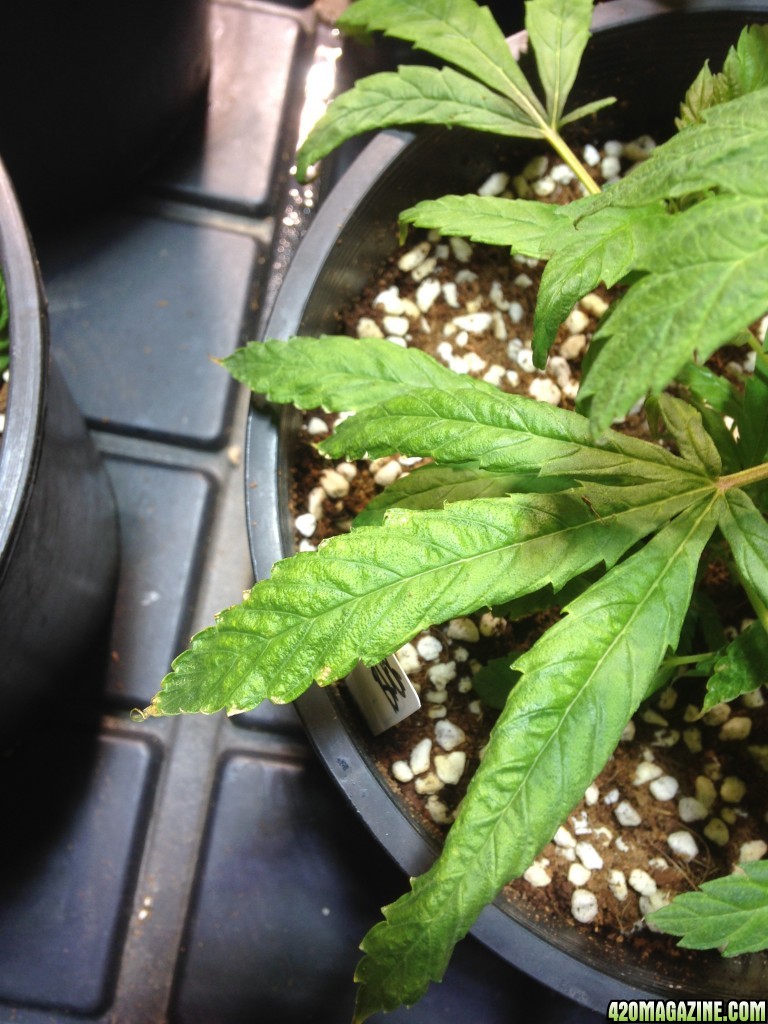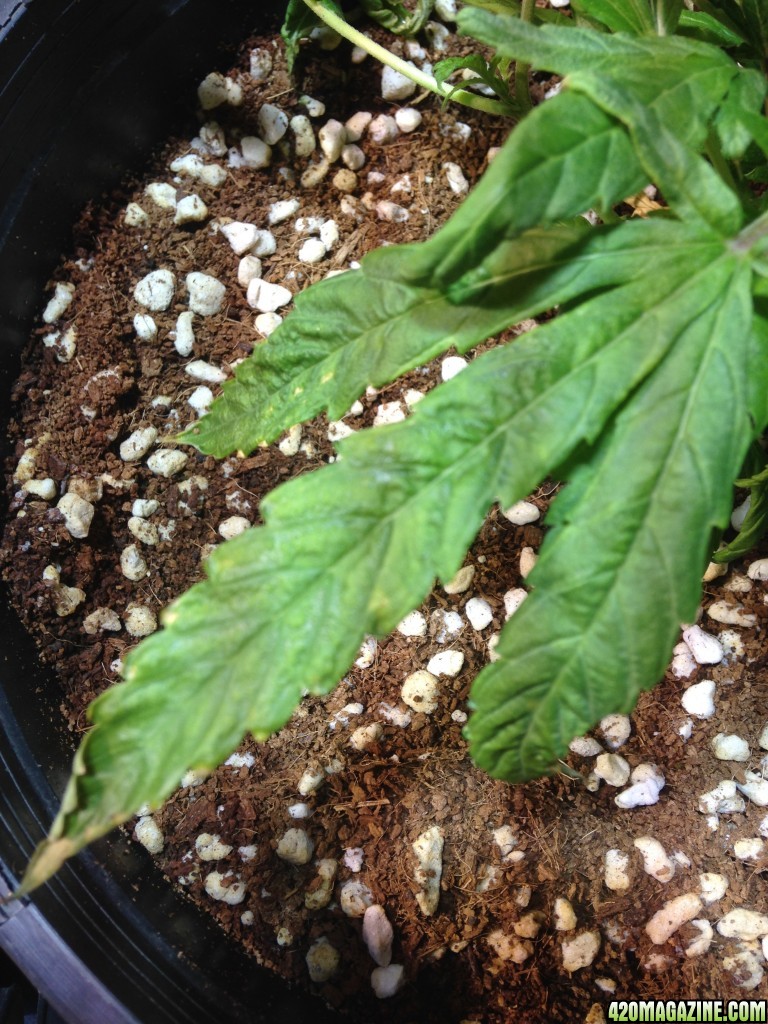mountainmarci
New Member
I do not have this yet, but many people in the area do. Nothing seems to help. Are there photos of affected plants? CONTROLS?? Help, and thanks!
How To Use Progressive Web App aka PWA On 420 Magazine Forum
Note: This feature may not be available in some browsers.




Thank you so much! I am growing outdoors, and other people growing outdoors are having this problem. What could be sprayed on outdoor plants?
This is my second year dealing with broad mites and russet mites , I have ben growing in the same holes for years. Never to spray for bugs. We had a grape arbor next to my patch and there are wine orchards above and below us I learned that grapes are the main carrier of broad mites, we tore all the grapes out ,we checked with a microscope and the grapes were covered . They are invisible until they get older, then they look like whitish watermelon seeds , they can reproduce in as fast as 3 days depending on the temperature , it's hard to tell them from russet mites . A microscope is helpful, you can better tell when they hatch . We wound up spraying every night with 35% hydrogen peroxide and lemon juice. We mixed 1&1/4 oz. peroxide to 1 gal water and 1 oz. of lemon concentrate to 5 gal ice water. We tried a lot of things at first but this is the best so far. We are actually beating them down and the plants look great. We got suckered again this year thinking they had a chemical (nitrogen) burn. So what do we do but cut down on the nitrogen , weakening the plant further. After several arguments we got a microscope and there they were . We gave them some food. I would like to kill the little bastards but this is the best we can do so far. I would greatly appreciate any suggestions or knowledge.